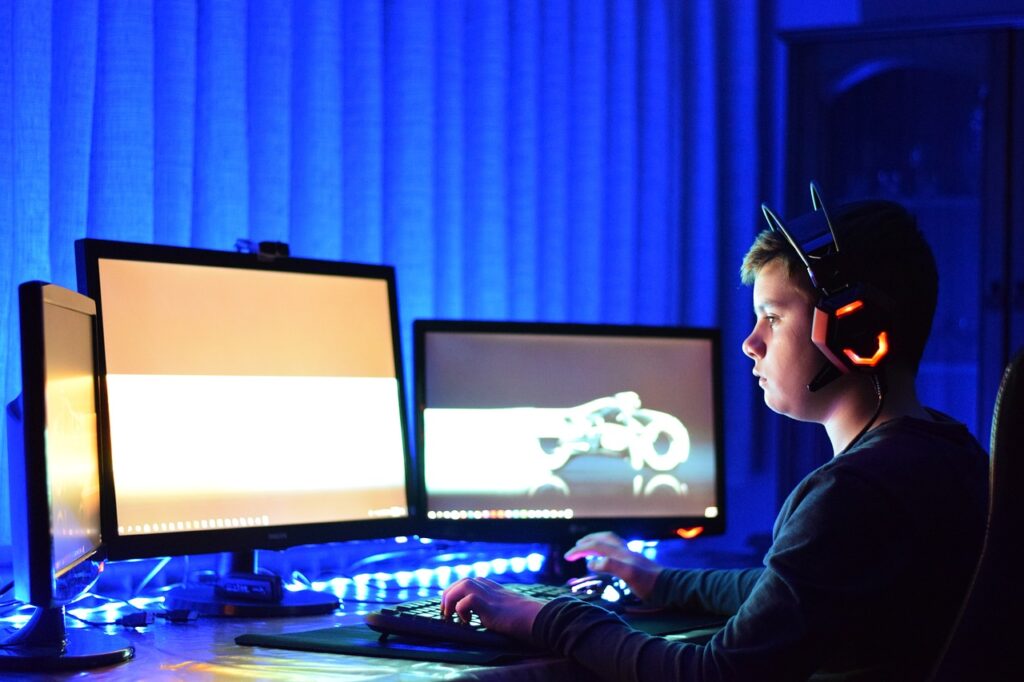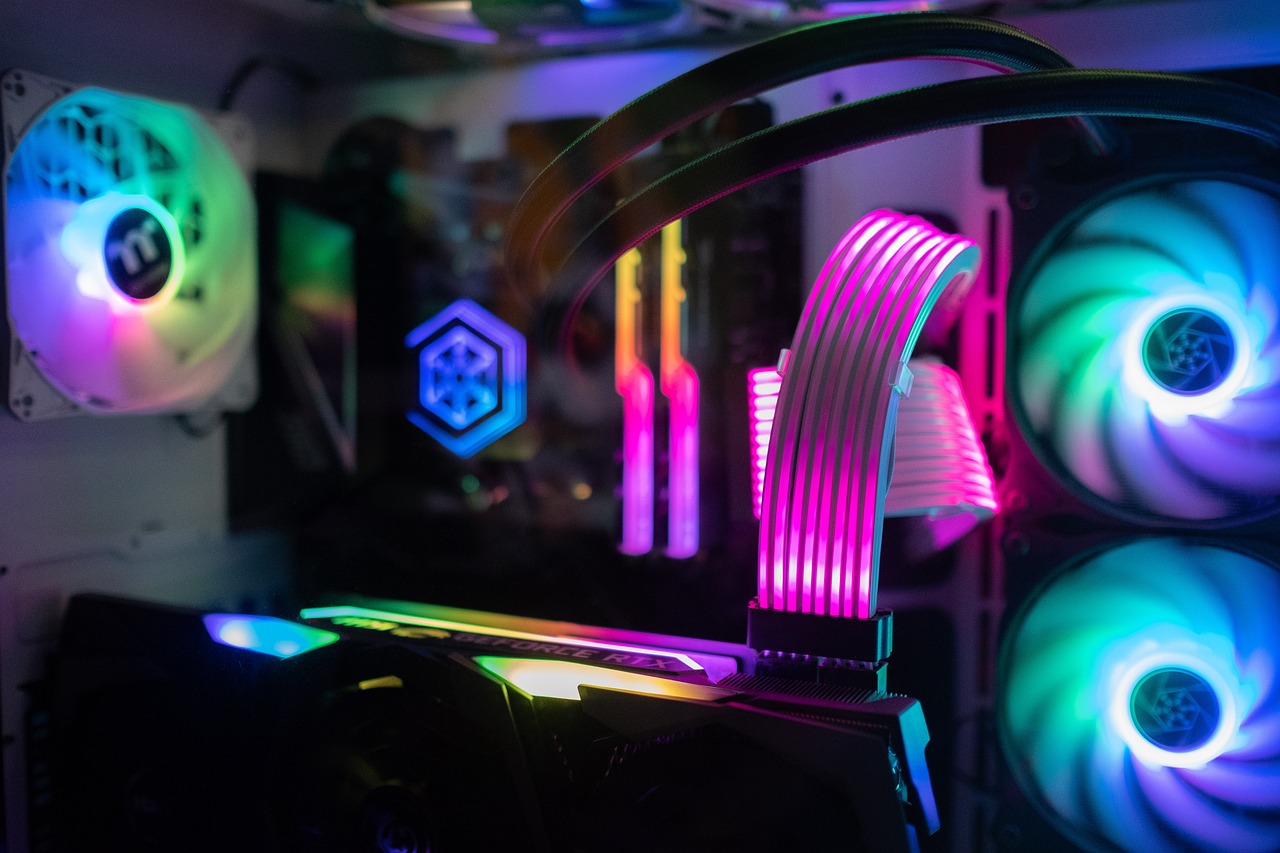The issue of optimizing graphics settings for a flawless PC gaming experience discusses the critical balance between visual quality and performance. Understanding this issue entails taking into account diverse hardware capabilities, personal preferences, and the sorts of games being played. The goal is frequently to achieve a balanced combination of eye-catching visuals and seamless gameplay.
The Importance of Hardware
The gear you use is crucial to the optimization process. The CPU, GPU, RAM, and storage devices are all included. Modern games are designed to take use of high-end hardware capabilities, but they also have a variety of options to suit less powerful computers. The first step in selecting which settings would deliver the best gaming experience is to understand your hardware.
An often-overlooked aspect of hardware in the optimization process is thermal performance and system reliability. High-end GPUs and CPUs can generate significant amounts of heat, especially when running resource-intensive games. Effective cooling solutions are essential to ensure that the hardware maintains optimal performance over extended gaming sessions. If the system gets too hot, it may automatically throttle performance to reduce heat, which could result in frame rate drops and a less than ideal gaming experience. Thus, when considering hardware for gaming, it’s crucial to also think about the thermal design and how well the system can dissipate heat. This ensures not only peak performance but also the longevity of your hardware components.
Individual Preferences
What defines a “seamless” experience varies widely amongst people. Others may be more concerned with visual quality, desiring richer textures and more complex surroundings, while others may favor frame rates for smoother animation. Recognizing your personal preferences might aid in the optimization process.
Game Categories
Different types of games may require different settings. For example, fast-paced first-person shooter games may benefit from higher frame rates, while a slower, narrative-driven game may look best with more detailed environments. Thus, there is no one-size-fits-all approach to graphics optimization.

Key Graphics Settings to Consider
Many games offer a variety of settings that allow you to customize the gaming experience. The objective is to select options that optimize the trade-off between visual quality and performance. Here’s a look at some key settings:
- Resolution: This defines the clarity of the images and text displayed. Higher resolutions offer more clarity but demand more from your GPU.
- Frame Rate: Higher frame rates, like 60 FPS (frames per second) or more, offer smoother motion but can be demanding on both the CPU and GPU.
- Texture Quality: This affects the detail of surfaces in the game. Higher quality textures make the game look more realistic but can use up VRAM quickly.
- Anti-Aliasing: This is used to smooth out jagged edges but can be resource-intensive.
- Shadows and Lighting: These add depth and realism to scenes but can be taxing on the system.
- Draw Distance: This determines how far out the game renders objects. A lower draw distance may improve performance but could affect gameplay, especially in open-world games.
- V-Sync: This synchronizes the frame rate with your monitor’s refresh rate to prevent screen tearing, although it can introduce input lag.
Optimization Process
Benchmarking
Before making any changes, it’s advisable to run some baseline tests to see how the game performs with your current settings. Many games have built-in benchmarking tools, or third-party software can be used.
Gradual Adjustments
It’s usually best to adjust one setting at a time and then test the game’s performance. This approach makes it easier to isolate which changes are having the most impact, whether positive or negative.
Fine-Tuning
After making changes, another round of benchmarking should be conducted. If the game is running too slowly, you might need to further lower some settings. Conversely, if performance is better than expected, some settings could potentially be increased to improve visual quality.
Marker Points for Optimization
Here’s a summarized list of steps often recommended for optimizing graphics settings:
- Assess the hardware capabilities.
- Identify individual preferences in terms of frame rate and visual quality.
- Run initial benchmarks for baseline performance.
- Make incremental changes to individual settings.
- Re-run benchmarks to measure the effects of changes.
- Fine-tune as necessary, considering the balance between visual quality and performance.
Conclusion
Optimizing graphics settings for a seamless PC gaming experience involves multiple considerations, from the capabilities of your hardware to your personal gaming preferences. By understanding the impact of various graphics settings and systematically adjusting them, it’s possible to find a balance that offers both visual appeal and smooth performance. The key is to approach the process methodically, using benchmarking tools to measure impact, and being willing to make iterative adjustments until the optimal settings are achieved.
